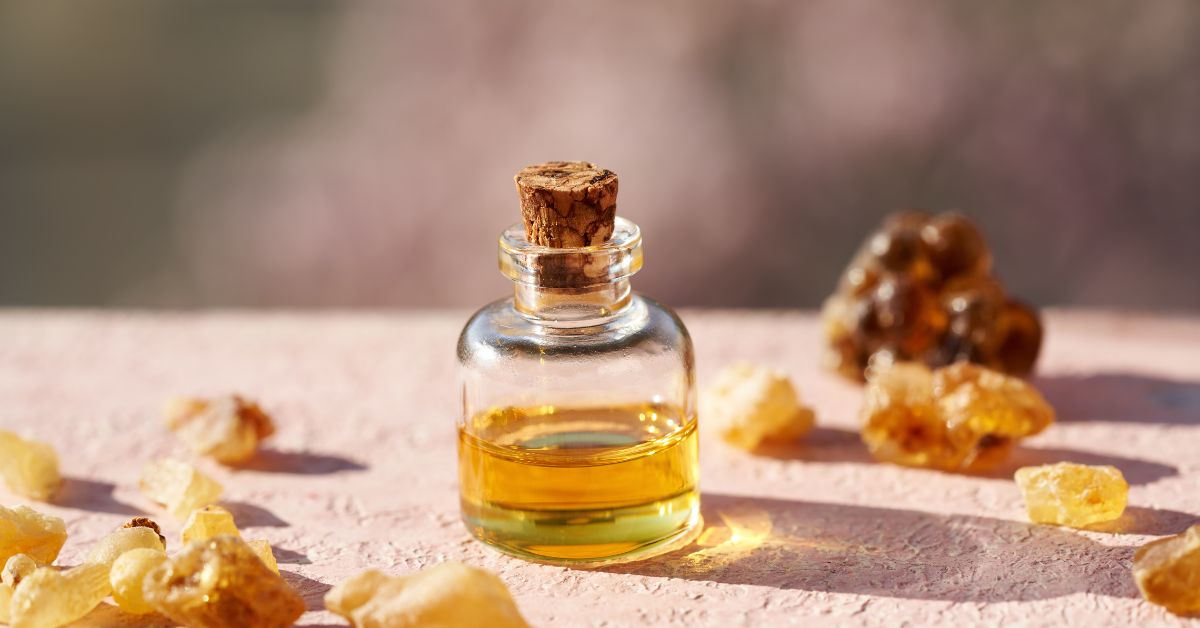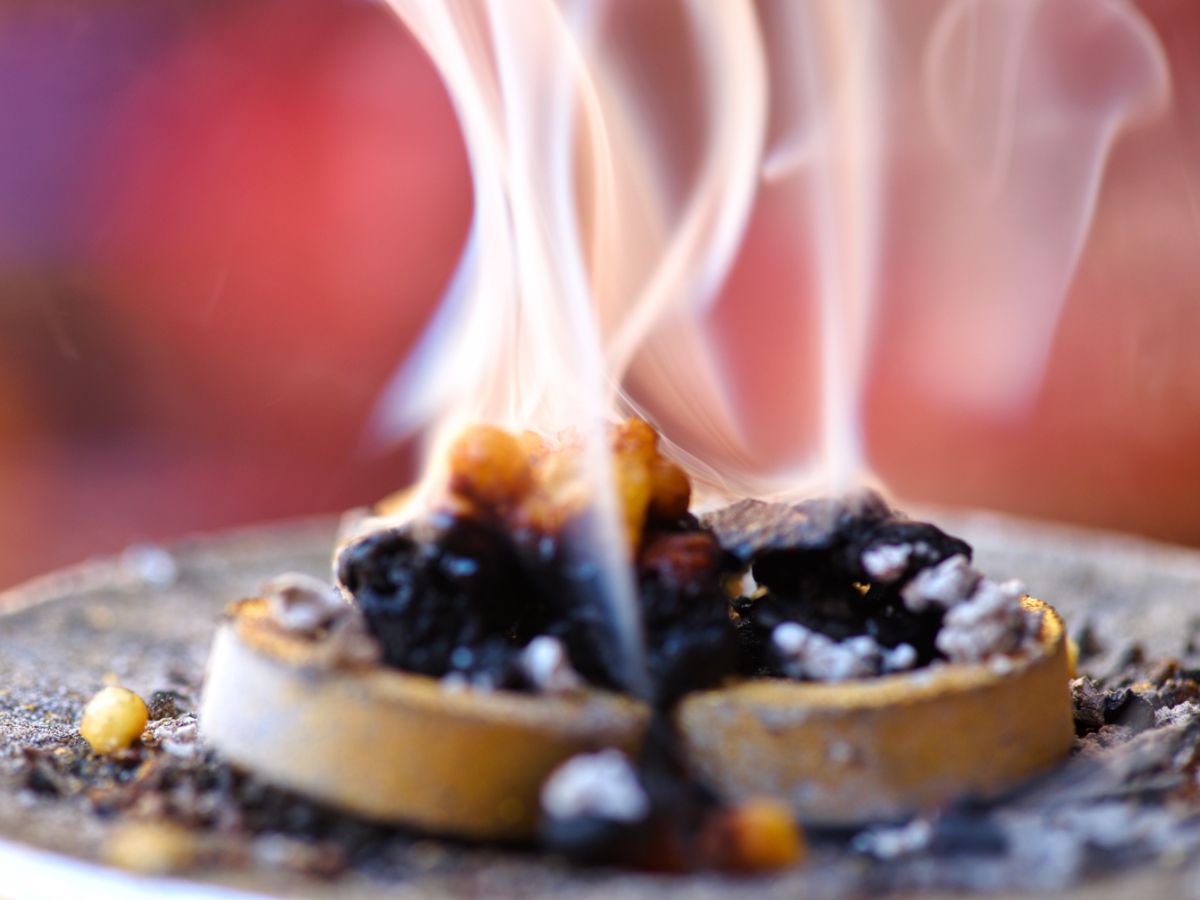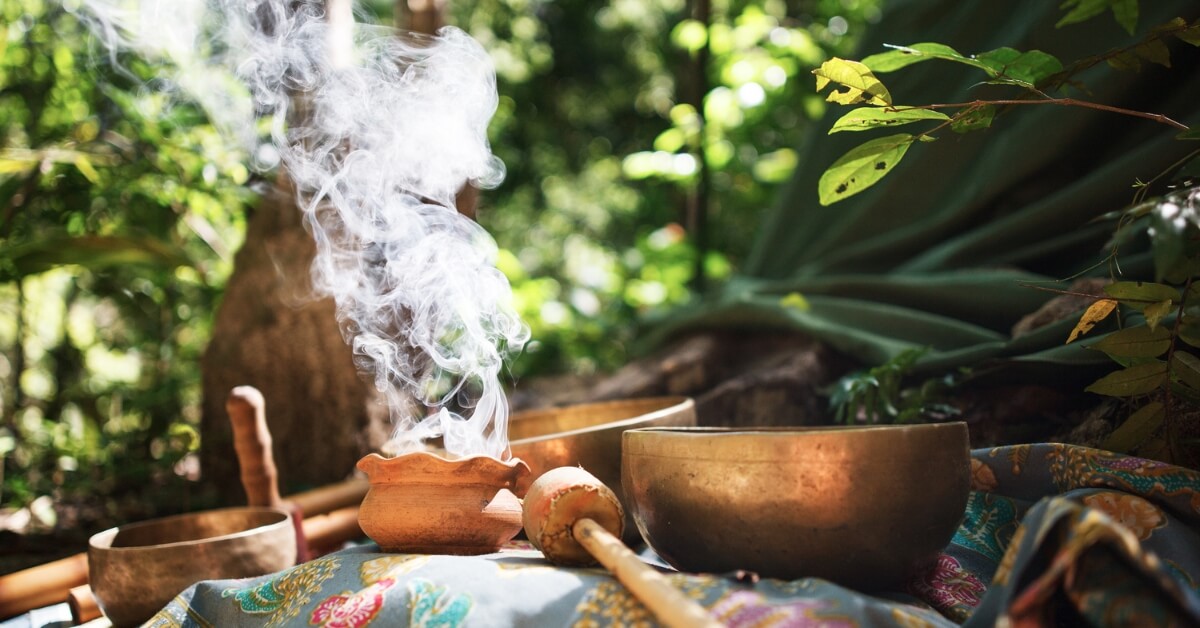The Legends of the Dragon Blood Tree
For as long as humanity has marveled at the wonders of nature, few trees have been shrouded in as much legend and mystique as the dragon blood tree. With a name as enigmatic as its appearance, this tree has been the stuff of legends for centuries.
Many ancient tales surround this marvel. In one popular legend, the tree first sprung from the blood of a dragon that was wounded in a fierce battle with an elephant. The vivid red resin, which the tree secretes, was said to be the dragon’s blood, forever encapsulated in the form of a tree. This narrative paints a vivid picture of valiant battles and nature’s wonders intertwined, giving the tree its mystic aura.
Spiritually, the dragon blood tree has held significance in numerous cultures. For many, the deep red resin represents life force, power, and protection. In some traditions, it was believed that the tree’s resin had the power to banish evil spirits and negativity, making it a sought-after ingredient in rituals and ceremonies.
Furthermore, the tree’s unique appearance, with its densely packed crown resembling an umbrella, has led some to believe it’s a sentinel of ancient times, standing guard over sacred lands. This tree, with its legends, spiritual significance, and unique appearance, has been a source of wonder and reverence for ages.
The Unique Appearance and Growth of the Dragon Blood Tree
The dragon blood tree, with its peculiar appearance, immediately captures the attention of anyone who comes across it. It is not just a plant; it is a story of nature’s adaptability and wonders written over eons.
A Natural Umbrella in the Desert
The first thing one notices about the dragon blood tree is its peculiar, umbrella-like canopy. This is not a mere quirk of nature but a refined adaptation. The canopy, broad and densely packed with leaves, provides shade and minimizes evaporation, ensuring the survival of young saplings growing beneath it. Additionally, the shade offered by its wide-spreading branches helps in conserving the moisture of the ground below, a much-needed feature in the arid regions it calls home.
But this umbrella shape serves another vital purpose. The regions where the dragon blood tree thrives experience infrequent, yet torrential rains. Its distinctive canopy allows rainwater to trickle down in a manner that prevents soil erosion around its base. Nature, in its wisdom, sculpted the tree in a way to ensure its longevity in challenging terrains.
An Ancient Relic of the Plant Kingdom
The dragon blood tree, while being an architectural marvel of nature, is also a relic of the plant kingdom. It is a testimony to nature’s enduring spirit. Its history traces back to a prehistoric time when the continents were still joined together. As the land masses drifted apart, the tree evolved in isolation on the Socotra archipelago, adapting and flourishing in its unique way. This makes it not just a botanical wonder but also a living piece of Earth’s evolutionary history. Such is the legacy of the dragon blood tree that it’s often seen as a bridge connecting our modern world to ancient epochs.
The Vivid Red Resin: Nature’s Marvel
Arguably the most mystifying aspect of the dragon blood tree is the deep red resin it secretes, which bears a stark resemblance to the blood of dragons, as legends would have it. This resin, when tapped, oozes out as a vivid red sap, which upon hardening turns into a dark ruby-red crystal-like form.
For centuries, this resin has been harvested, not just for its striking appearance but for its myriad uses. Known for its medicinal properties, the resin has been used in traditional medicine as a potent healing agent. Beyond its healing qualities, the resin has also found its way into spiritual and ritualistic practices, often used as an incense or dye. This red gold, reminiscent of mythological dragon’s blood, adds to the tree’s allure, binding the realms of reality and legend.
For those intrigued by this enigmatic resin and eager to experience its essence, products like this one encapsulate its rich legacy and myriad properties.
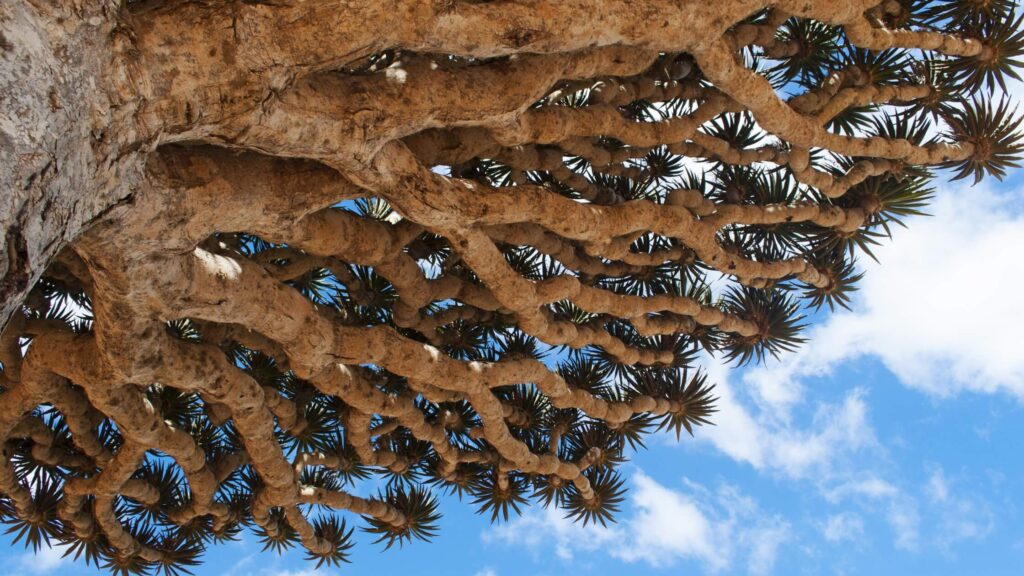

Umbrella Like Branches of Dragon Blood Tree
The Remarkable Resin and Its Uses
Extraction Process and Why It’s Called “Dragon’s Blood”
The dragon blood tree, with its distinct umbrella-shaped crown, doesn’t just stand out due to its appearance; its inner secrets are equally fascinating. When one carefully taps or incises its bark, the tree bleeds a deep crimson resin, not unlike the vividness of blood. This resin, thick and oozing, is reminiscent of the tales of old where dragons roamed the earth, spewing fire and possessing blood of a rich, red hue.
The name “Dragon’s Blood” likely draws its origin from this very visual association. In many cultures, dragons symbolize power, strength, and mystery, and the name imparts an almost magical quality to this special resin. The process of extraction is as old as time itself. Historically, people would make careful incisions on the bark, allowing the resin to flow out and be collected. It then undergoes a drying process, solidifying its color and consistency, ready to be used in various applications.
Traditional Uses: From Medicine to Dyes
Dragon’s blood resin is steeped in history. Its applications are vast and varied, intertwining with the annals of many ancient civilizations. In traditional medicine, especially within the Arabian Peninsula and parts of Asia, the resin was regarded as a panacea. It was commonly used to treat digestive disorders, alleviate respiratory issues, and even as a remedy for wounds and inflammations due to its potential antiviral and anti-inflammatory properties.
Beyond its medicinal attributes, dragon’s blood served a significant role in the arts. The unique, rich hue it produces made it a sought-after dye. Artists and craftsmen, especially in the ancient world, cherished the resin for its ability to produce vibrant red pigments, giving life to paintings and textiles alike.
Furthermore, the resin’s mystical aura led it to be an integral part of many spiritual and religious rituals. It was believed that burning dragon’s blood could cleanse a space of negative energies, making it a staple in purification rites.
Contemporary Applications: Benefits of Dragon’s Blood Resin in Modern Times
Fast forward to the modern age, and the dragon blood tree resin’s allure hasn’t waned. With an increasing interest in organic and natural products, the resin is finding its way back into the limelight. Today, it’s hailed for its potential skin-rejuvenating properties. Cosmetic industries incorporate the resin in skincare products, tapping into its potential anti-aging and skin-healing attributes.
Moreover, in holistic health circles, dragon’s blood is still used as incense for meditation and spiritual cleansing. Its characteristic aroma, when burned, is believed to not only purify spaces but also to ground and balance energies, aiding meditation and introspective practices.
For those intrigued by this enigmatic resin and wishing to incorporate it into their daily rituals, products like this dragon’s blood resin capture its essence, offering a direct experience of its myriad benefits.
The journey of dragon’s blood, from ancient traditional uses to its contemporary applications, serves as a testament to its timeless appeal. Whether embraced for its health benefits, its artistic impact, or its spiritual significance, the dragon blood tree resin continues to mesmerize and captivate those who come across it.
The Tree’s Natural Habitat
Nestled amidst the azure waters of the Indian Ocean, Socotra Island boasts of a landscape so surreal that it’s often likened to an extraterrestrial realm. Its distinct topography and climate have fostered the evolution of several unique species, but none as iconic as the dragon blood tree. This section dives deep into the peculiar habitat of this wondrous tree.
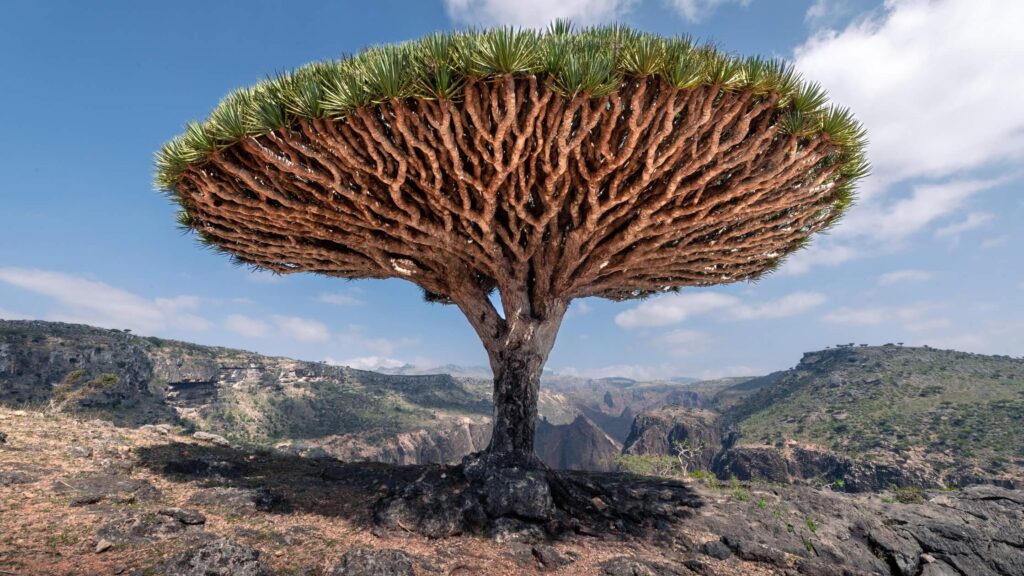

Dragon Blood Tree
The Harsh and Challenging Terrains of Socotra Island
Socotra, a UNESCO World Heritage Site, is an archipelago comprised of four islands. The largest of them, also named Socotra, is the primary home of the dragon blood tree. Dominated by limestone plateaus, the island presents a rugged landscape dotted with vast caves and sheer cliffs.
The climate here is equatorial desert, characterized by its hot temperatures, scanty rainfall, and relentless sun. Most of the year, Socotra remains arid, receiving rain only during the monsoon. These rains, though brief, are intense, giving life to the otherwise parched landscape.
While its isolation might suggest otherwise, the island isn’t silent. The wind howls consistently, shaping the sand dunes and sculpting the unique forms of its flora. The monsoon winds, in particular, play a pivotal role in the life cycle of many of Socotra’s species, including the dragon blood tree.
How the Dragon Blood Tree Has Adapted to Its Environment
Nature, in all its wisdom, equipped the dragon blood tree with an arsenal of adaptations to not only survive but thrive in this challenging habitat.
- Distinct Umbrella-shaped Crown: At first glance, its canopy, resembling an upside-down umbrella, captivates the observer. This isn’t merely an aesthetic wonder. The broad canopy is designed to provide shade, reducing evaporation from the soil beneath. Simultaneously, its shape effectively captures and funnels the rare droplets of rainwater straight to the tree’s roots.
- Deep Root System: The dragon blood tree anchors itself firmly into the rocky terrains with an extensive root system. These roots delve deep, seeking out pockets of moisture and nutrients hidden beneath the surface. Their expansive reach ensures the tree remains stable, even amidst strong winds.
- Resilience and Growth: While the sap gives it its famed name, the tree’s bark is equally noteworthy. It’s thick and serves as a protective layer against the scorching sun. Additionally, the tree’s slow growth rate ensures it consumes resources judiciously over its long lifespan.
The dragon blood tree is a testament to nature’s ingenuity. In the face of adversity, where most life forms might wither and fade, this tree stands tall and majestic, a sentinel of time and endurance.
Conservation Concerns and Efforts
As the allure and admiration for the dragon blood tree have grown, so have the challenges surrounding its preservation. This ancient tree, with its umbrella-like canopy and resplendent red resin, faces numerous threats, some natural and others man-made. Despite these challenges, there’s a resounding international chorus echoing the need for its conservation.
The Current Threats to Its Existence
- Overharvesting for its Valuable Resin: The high demand for the dragon blood tree’s resin, both in traditional practices and contemporary applications, has led to overharvesting. Unsustainable extraction methods can weaken the tree, making it vulnerable to diseases and reducing its lifespan.
- Impact of Climate Change: The delicate micro-climate of Socotra Island, which the dragon blood tree thrives in, is under threat. Rising temperatures, altered rainfall patterns, and increasing frequency of extreme weather events challenge the tree’s survival.
- Habitat Destruction: Human encroachment, often for agricultural purposes or infrastructural developments, is shrinking the natural habitat of the dragon blood tree. Such disruptions not only decrease their number but can fragment populations, reducing genetic diversity and resilience.
- Introduced Species: Invasive species, introduced either accidentally or intentionally, can compete for the same resources or bring diseases that the indigenous flora, including the dragon blood tree, are ill-equipped to combat.
Global Initiatives for Its Preservation
- Conservation Programs: International organizations, in collaboration with local governments, have initiated programs to study, monitor, and conserve the dragon blood tree. These initiatives often include scientific research to understand the tree’s needs better and develop conservation strategies tailored to those needs.
- Reforestation and Controlled Harvesting: Planting new trees and ensuring that the extraction of the dragon blood resin is done sustainably can significantly bolster the tree’s populations. Controlled harvesting respects the tree’s growth cycle and ensures that it isn’t harmed in the process. Check out this product derived from sustainably harvested dragon’s blood resin.
- Local Awareness Campaigns: Educating the local communities about the value, both ecological and economic, of the dragon blood tree can lead to community-driven conservation efforts. When locals take pride in their natural heritage, they become its most ardent protectors.
- International Trade Regulations: To ensure that the products made from dragon blood resin are sourced sustainably, international trade regulations are being put in place. By monitoring and controlling the trade of dragon blood products, the global community can play a part in its conservation.
The dragon blood tree, while resilient and adaptive, needs human allies in its fight for survival. Through understanding, awareness, and collective action, we can ensure that this natural marvel continues to grace our world for generations to come.
How to Experience the Magic of Dragon’s Blood Today
The legend of the dragon blood tree, with its rich history and potent resin, does not merely reside in the tales of yore. In our modern age, this ancient tree continues to make its presence felt, offering a unique blend of tradition and contemporary benefits. For those who seek to harness its powers and experience its magic firsthand, there are several avenues available.
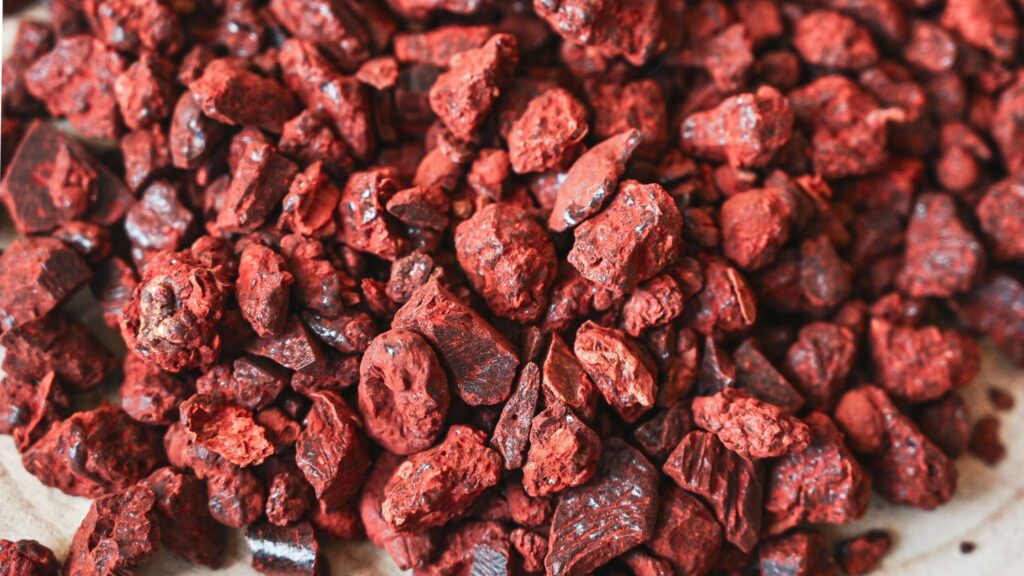

True Dragon Blood Resin
Harnessing the Power: Products Infused with Dragon’s Blood
The crimson resin, often likened to the blood of dragons, has found its way into a myriad of products tailored for the discerning contemporary user. From skincare products to therapeutic incenses, dragon’s blood has firmly embedded itself in the daily rituals of many.
- Skincare and Cosmetics: The potent anti-inflammatory and antioxidant properties of dragon’s blood make it a coveted ingredient in the skincare industry. Many luxury skincare products incorporate this resin, claiming to offer rejuvenation, wrinkle-smoothing, and skin-firming benefits.
- Therapeutic Incense: For those looking to create a spiritually enriching atmosphere at home, there’s nothing like the profound aroma of dragon’s blood resin. The burning of this resin, which has been practiced for centuries, continues to be a meditative ritual for many. A simple way to engage in this ritual is through products like this subtle dragon’s blood resin.
- Herbal Supplements: Owing to its historical medicinal uses, dragon’s blood is now available in the form of supplements, intended to bolster one’s health and vitality.
The Holistic Experience of Dragon’s Blood Resin in Today’s World
Beyond its tangible applications, the dragon’s blood tree, and its resin, offers a holistic experience. It serves as a bridge, connecting the modern individual to ancient wisdom, practices, and spirituality.
- A Nurturer of Mind and Body: For those who practice meditation or any form of mindfulness, the resin’s aroma can act as a potent enhancer, grounding the mind and facilitating deeper introspection.
- Eco-conscious Connection: In a world increasingly distancing itself from nature, products infused with dragon’s blood provide a tangible connection to the Earth. They remind users of the rich biodiversity that our planet offers and the need to cherish and protect it.
- Spiritual Significance: With roots deeply embedded in various cultures and traditions, dragon’s blood serves as a spiritual anchor. Whether used in rituals, ceremonies, or daily practices, its presence invariably elevates the spiritual quotient of the activity.
Incorporating dragon’s blood into one’s daily life doesn’t just offer physical or aesthetic benefits; it’s an invitation to engage with history, tradition, and spirituality on a profound level. By choosing to use products like the dragon’s blood resin, individuals don’t just tap into its therapeutic properties but also partake in the age-old magic that this tree has been offering for millennia.
Conclusion
Reflecting on the Marvel of the Dragon Blood Tree
The dragon blood tree is not just a plant; it is a living testament to the resilience, beauty, and mystique of nature. Its unique appearance, with its umbrella-like canopy and crimson resin, has solidified its status as one of the most remarkable and revered trees in the world. From its historical significance in various cultures to its extensive list of modern applications, the dragon blood tree continues to enchant and inspire people around the world.
The blood-red sap, which is as striking as it is useful, exemplifies nature’s capacity to surprise and sustain us in countless ways. This incredible tree stands as a symbol of not only the vibrant biodiversity of Socotra Island but also the profound interconnection that exists between humans and the natural world.
A Call to Appreciate and Preserve Nature’s Wonders
In our rapidly changing world, the dragon blood tree serves as a poignant reminder of the need to appreciate, respect, and preserve our planet’s incredible biodiversity. As we have discovered, the dragon blood tree faces significant threats due to environmental changes, human interference, and other factors. It is not merely a tree; it is a part of our world heritage, a spectacular specimen that has thrived for millions of years. Its struggle for survival is a story shared by countless other species around the globe.
Thus, as we marvel at the wonders of the dragon blood tree and enjoy products infused with its precious resin, like this sustainably sourced dragon’s blood resin, let us also remember our responsibility. It’s a call to action—to support conservation efforts that protect not just this magnificent tree but also the myriad of other creatures and plants that share our planet.
In a world where the dragon blood tree and other such marvels exist, we are reminded of the boundless beauty that nature offers. It is our privilege and duty to act as stewards for these wonders, ensuring that future generations can experience the magic of the dragon blood tree and countless other natural treasures.

